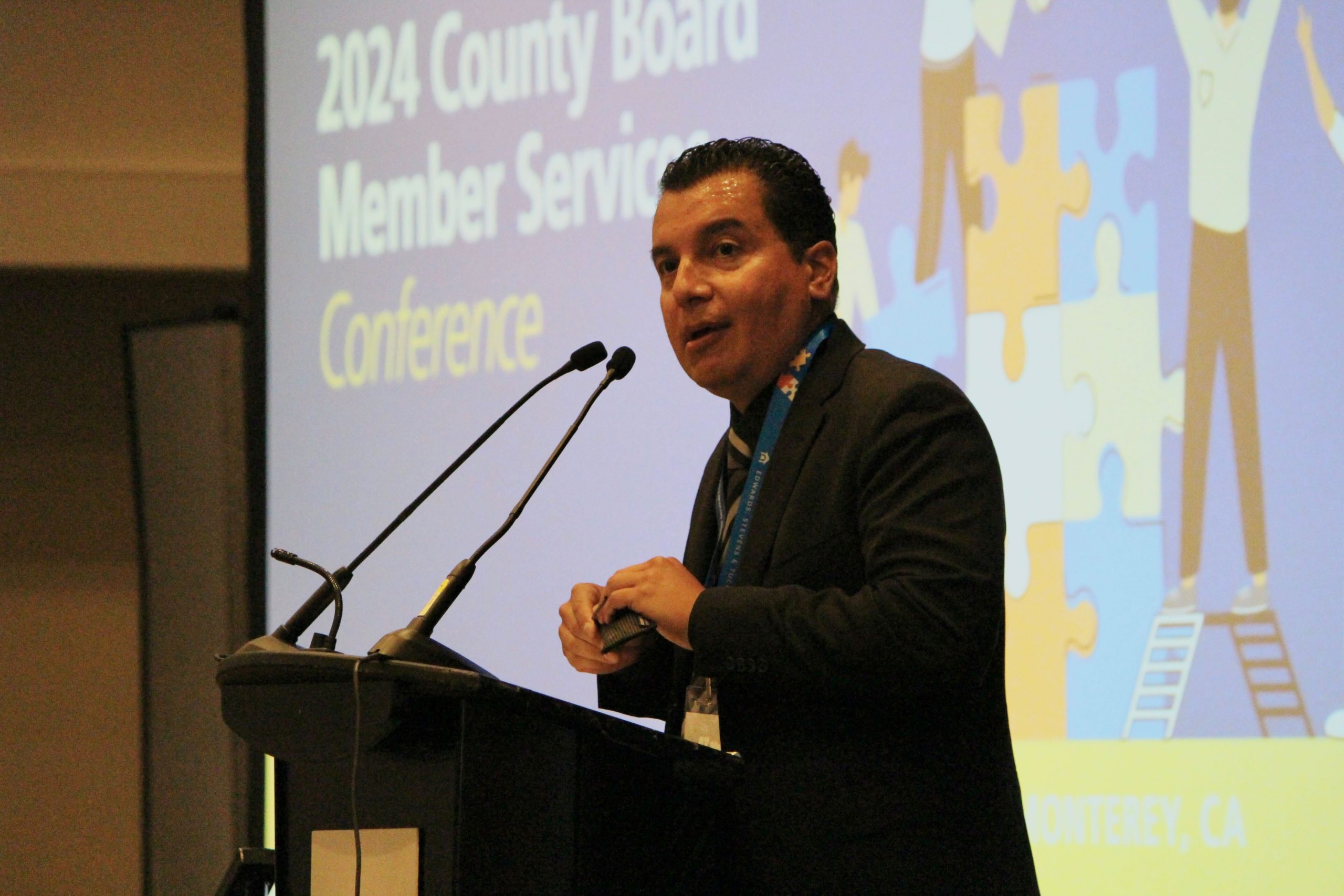A July report by the National College Attainment Network (NCAN) warned of a steep drop in Free Application for Federal Student Aid (FAFSA) completion in 2020 and 2021. Students must complete the FAFSA to access federal grants and loans, as well as many types of state and institutional financial aid.
By June 30 of last year (the federal deadline), the class of 2020 had about 81,000 fewer FAFSA completions than the class of 2019. The class of 2021 had about 190,000 fewer applications compared to 2019. Across the classes of 2020 and 2021, more than a quarter-million fewer seniors completed a FAFSA than would have been expected without the hardships caused by the COVID-19 pandemic. Overall completions have dropped by 4.8 percent. Using data from 2020, when there was a 3.4 percent drop in completed applications, NCAN predicts further postsecondary enrollment declines. In fall 2020, fall enrollment decreased nationwide by 5.3 percent compared to 2019. Enrollment declines were greater for students from high schools in high-poverty and low-income areas.
The same declining trend is evident in decreases in FAFSA completion from students of color and students from low-income backgrounds. Among Title I-eligible public high schools, which enroll higher proportions of students from low-income backgrounds, FAFSA completions declined 6.5 percent compared to 3.7 percent for non-Title I-eligible public high schools. For schools with more than 40 percent Black and Hispanic students, the decline was 8.1 percent compared to 2.2 percent in schools with lower Black and Hispanic enrollment. Public high schools in cities (-6.6 percent) and small towns (-7 percent) declined the most, followed by schools in rural places (-5.5 percent) and suburban high schools (-4.2 percent).
Completion of the FAFSA is one of the best predictors of whether a high school senior will go on to college, as seniors who complete the FAFSA are 84 percent more likely to immediately enroll in postsecondary education. For students in the lowest socioeconomic quintile, FAFSA completion is associated with a 127 percent increase in immediate college enrollment. District leaders play an important role in encouraging students to complete the FAFSA.
Surveys show that the primary reasons students fail to complete the FAFSA is that they believe it is too complicated, that they are not eligible for aid, or that they don’t know that financial aid exists. By deploying information campaigns, collaborating across sectors, increasing training, tracking student data and providing more strategic FAFSA reminders and assistance, local educational agencies and communities can provide support needed for more students to complete the application.
NCAN offers a host of resources for the FAFSA including: Laying the groundwork for FAFSA completion and identifying/engaging partners; guiding students through the FAFSA completion process and next steps; training partners to understand why FAFSA completion is important, as well as how to help students and families through the process; communicating effectively with students and families through effective messaging and the appropriate communications vehicles; and accessing and using student-level FAFSA completion data to target your FAFSA completion efforts efficiently.
Find more information at https://www.ncan.org.





